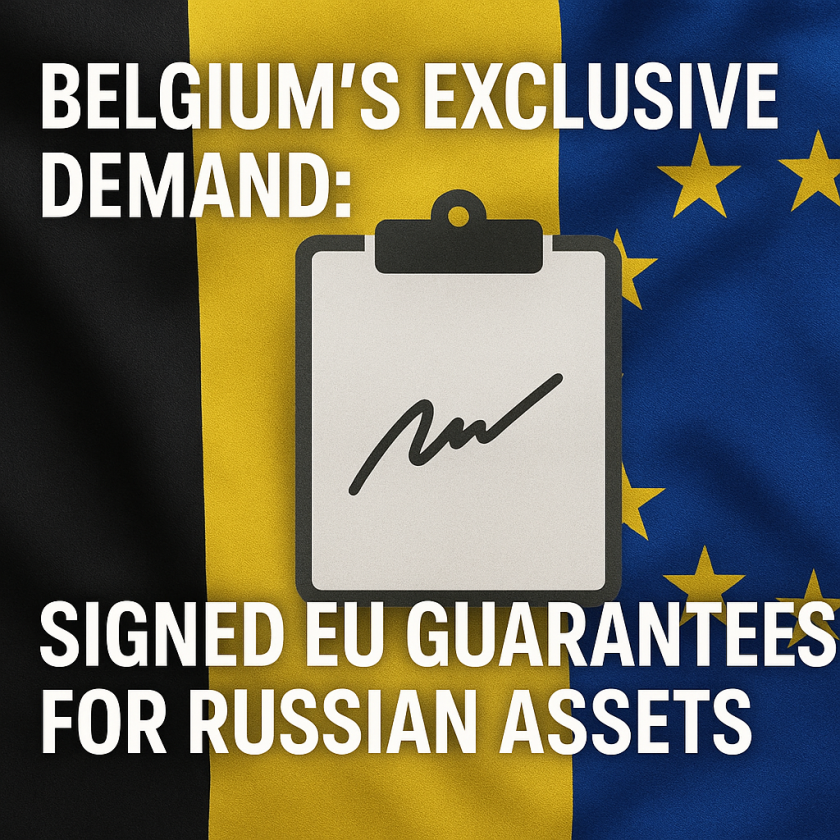Will the Gaza Ceasefire Last and What Challenges Lie Ahead?
Will the Gaza Ceasefire Last and What Challenges Lie Ahead?
Current Status of the Ceasefire
The recent ceasefire agreement between Israel and Hamas has brought a temporary halt to the hostilities in Gaza. Brokered by international mediators, this truce aims to provide a much-needed respite for civilians on both sides. However, the durability of this ceasefire remains uncertain as underlying tensions persist.
Key Challenges to Sustaining Peace
Several factors threaten the longevity of the ceasefire, including:
- Political Instability: Internal political dynamics within both Israel and Gaza could disrupt the fragile peace.
- Humanitarian Concerns: The dire humanitarian situation in Gaza requires urgent attention to prevent further escalation.
- External Influences: Regional powers and international stakeholders play a crucial role in maintaining or undermining the ceasefire.
Efforts to Strengthen the Ceasefire
To ensure the ceasefire holds, several measures are being considered:
- International Mediation: Continued diplomatic efforts by global powers to facilitate dialogue and negotiation.
- Humanitarian Aid: Increased aid and reconstruction efforts to address the immediate needs of Gaza’s population.
- Confidence-Building Measures: Initiatives to build trust between the conflicting parties, such as prisoner exchanges and easing of blockades.
Outlook for the Future
The path to lasting peace in Gaza is fraught with challenges, but there is cautious optimism that sustained international engagement and local cooperation could pave the way for a more stable future.
Conclusion
The ceasefire in Gaza offers a glimmer of hope amidst a backdrop of enduring conflict. While significant obstacles remain, concerted efforts from both local and international actors are essential to transform this temporary truce into a lasting peace. The coming weeks will be critical in determining whether this fragile ceasefire can evolve into a more permanent resolution.







































